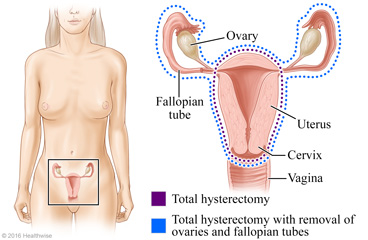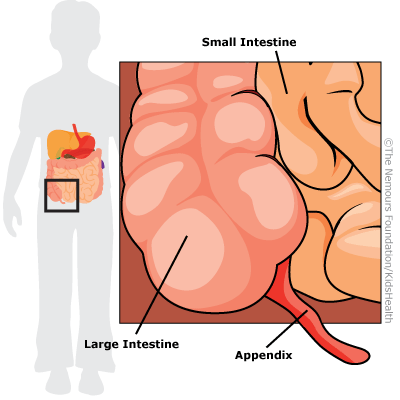
An appendectomy, otherwise known as appendicitis, is a very common surgical operation which is performed in order to remove the excess lining of the abdomen. Appendectomy is usually performed on an emergency basis or as a more immediate treatment for complex acute appendicitis.
Appendectomy surgery generally involves the removal of the appendix in one of two ways: by removing the whole appendix or by removing the appendix by stitching or with stitches. It is also possible to perform a laparoscopy to diagnose and treat appendicitis or to remove it if it has already healed.
There are various different surgical procedures involved in the removal of the appendix
The traditional method involves cutting out the whole appendix with an instrument called an anoscope. This is the most common method but it is not without its risks.
Surgical resection can be done through a laparoscope or through an endoscope. Laparoscopic surgery is the most successful method because it uses a small camera that allows the surgeon to view the whole appendix. Endoscopic surgery involves removing the entire appendix through tiny incisions. In this type of surgery, the surgeon is able to remove the entire appendix and the tissue from around it.
Recovery is often quite painful and lengthy. Some patients may be unable to return to work immediately after surgery due to the pain. Patients may experience some swelling, bruising, tenderness and redness for several days before they begin to feel better. Usually, patients recover completely within one week or so.
A patient who has undergone the procedure should notify his or her doctor if he or she is experiencing any side effects. Sometimes, doctors do not offer any treatment during this time. It is usually recommended that patients try natural remedies for appendicitis instead.
As with any other surgical procedure, there is the possibility that the procedure may cause scarring. The procedure itself will likely leave a scar, which may take a couple of weeks to fade.

Traditional appendectomy is a less invasive option than appendicectomy which has its own risks and complications
However, the outcome of both procedures may be similar and both can be used as treatments for acute appendicitis, particularly if the condition is chronic.
While a traditional approach is more successful than an appendectomy, it carries the same risks. Many patients report problems with nausea, vomiting and diarrhea. There is also an increased risk of infection. Both procedures carry the risk of scarring.
Surgery may be performed on an outpatient basis or on an inpatient basis depending on the severity of the problem. If the patient requires hospitalization, he or she will be placed in a general population. The recovery time between the two procedures is generally the same.
Patients experience side effects from surgery as well. In some cases, patients may experience bleeding, infection or complications during or after the operation.
However, there are some benefits and drawbacks to the traditional way of treating the condition. Patients that have elected this approach may feel more comfortable about being diagnosed, treated and cured of appendicitis in their own home rather than visiting a doctor's office. Also, patients tend to believe in the results more than those who opt for a laparoscopic procedure.
Most patients choose an outpatient treatment for their condition. This can be done at home after the surgeon has finished performing the surgery. The surgery itself will normally take place in a clinic. However, if it takes longer to heal, patients may need to stay overnight in a hospital.
Many patients report that they do feel better in a hospital setting and therefore, opt for the traditional approach. If the surgery is performed at a private clinic, there are also less distractions and patients do not need to worry about other patients being around during the recovery process. There are also fewer nurses to oversee the recovery time. Although patients may feel better in a hospital setting, they do not report feeling as much pain in the procedure.
As stated before, there is still a risk of scarring when undergoing an appendectomy in the traditional way. This can take a couple of weeks to fade. It is important to be prepared and have a plan to deal with this aspect of the procedure as it is an ongoing process.
